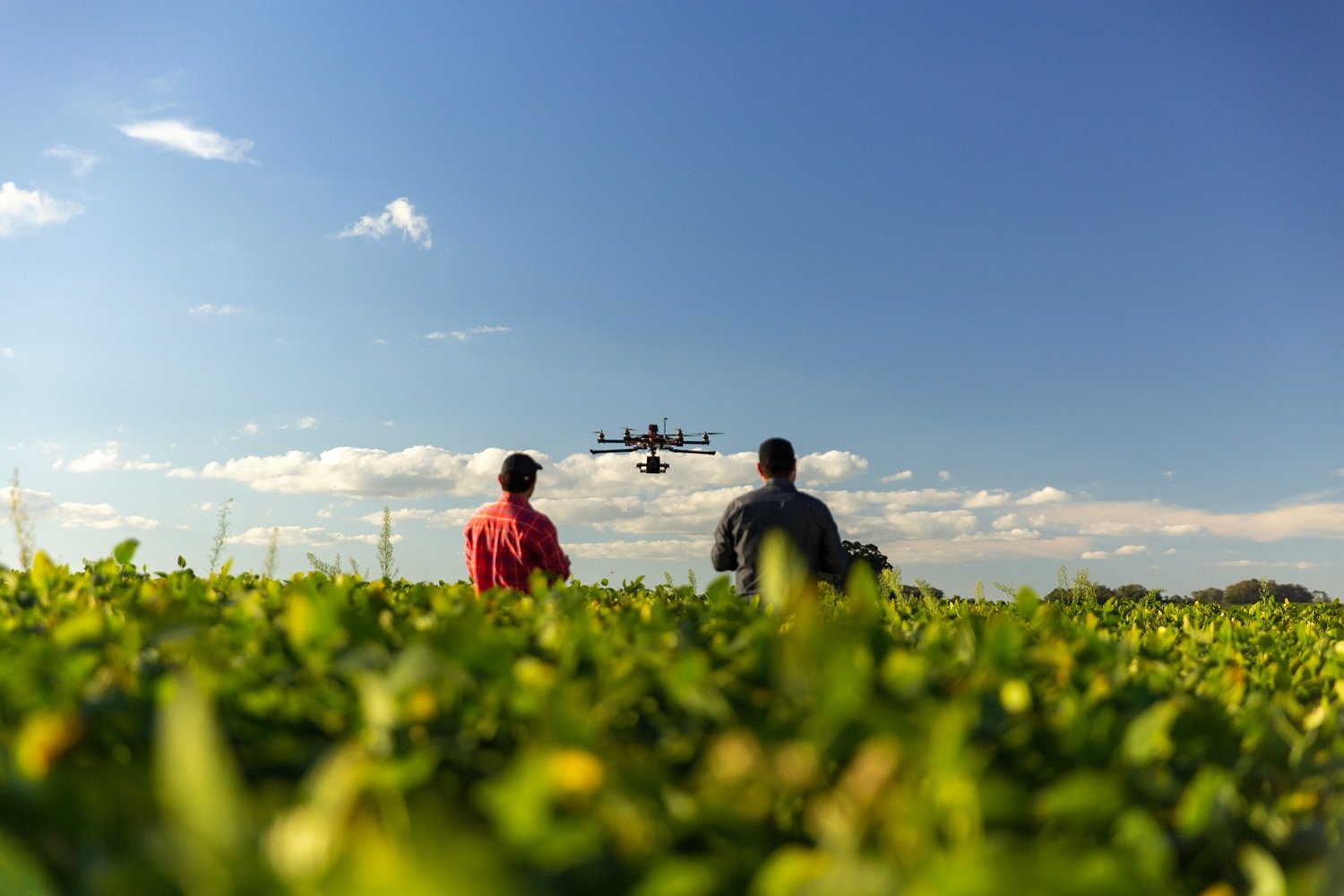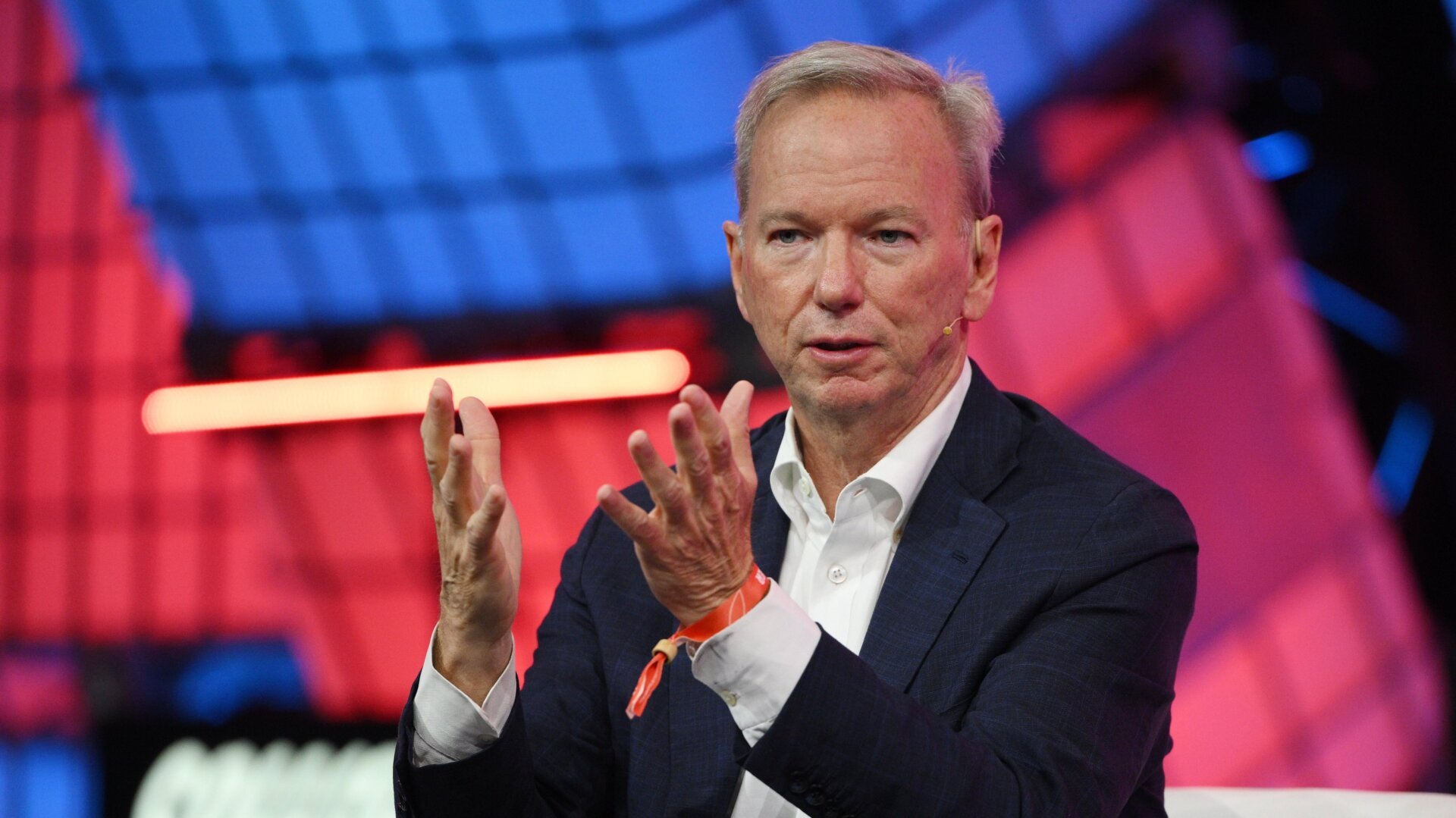The recent drone sightings over the northeastern United States have sparked fear and speculation, echoing similar incidents throughout history. From mysterious lights to unidentified flying objects, humanity has a long and complex relationship with the unknown in the skies above. This recurring phenomenon reveals not only our anxieties about technology but also our enduring fascination with the unexplained.
The current wave of concern centers around reports of unusual lights over New Jersey and New York City, prompting briefings from the FBI and even runway closures at Stewart International Airport. The White House has called on Congress to address the issue, further fueling public unease. However, this is not the first time such events have gripped the nation, and understanding the historical context can provide valuable perspective.
Echoes of the Past: From Wartime Fears to Modern Anxieties
Just a few years ago, in late 2019 and early 2020, Colorado experienced a similar wave of drone panic. Reports of unexplained lights flooded the news, sparking theories and prompting official investigations. Ultimately, many of these sightings were attributed to mundane explanations like planes, commercial drones, and other common aerial objects. Similarly, a 2016 incident at Heathrow Airport, initially thought to be a drone collision with a passenger plane, was later attributed to a plastic bag.
These recent examples highlight a pattern of fear and uncertainty surrounding unexplained aerial phenomena. The history of these events offers a deeper understanding of our collective anxieties.
As early as 1915, during World War I, the city of Ottawa experienced a drone panic avant la lettre. Reports of German airplanes penetrating Canadian airspace caused widespread fear, leading to blackouts and heightened security measures. The incident turned out to be a prank involving children launching fireworks-laden balloons. This event demonstrates how easily fear can escalate in times of uncertainty.
Throughout World War I and II, fears of aerial attacks fueled public anxiety. The Ground Observer Corps, a civilian organization tasked with spotting enemy aircraft, further ingrained a sense of vigilance and paranoia in the American public. This heightened awareness of the skies continued into the post-war era, contributing to the rise of UFO sightings and the infamous Roswell incident.
The Cold War further amplified these anxieties, with fears of Soviet technology and espionage intertwining with the growing belief in extraterrestrial visitors. The popularity of shows like The X-Files reflected and reinforced these cultural anxieties.
The Drone Age: New Technology, Old Fears
With the advent of readily available consumer drones and the increasing use of unmanned aerial vehicles in warfare, the nature of our aerial fears has shifted. The focus has moved from UFOs and enemy aircraft to the more tangible threat of drones, both as tools of surveillance and weapons of war.
The war in Ukraine, with its prominent use of FPV drones, provides a stark example of this new reality. The widespread availability of drone footage depicting attacks has brought the potential threat of these technologies into sharp focus.
Navigating the Unknown: A Balanced Perspective
While it’s essential to acknowledge the potential dangers associated with drones and other aerial technologies, it’s equally important to avoid unfounded panic. As journalist Faine Greenwood cautioned in 2019, jumping to conclusions about unexplained aerial phenomena can lead us to overlook other explanations and potentially miss real threats.
The prevalence of drones and cameras in modern society, coupled with their increasing use in surveillance and warfare, understandably contributes to our anxieties about the unknown in the sky. However, by understanding the historical context of these fears and maintaining a balanced perspective, we can better navigate the complex relationship between technology, fear, and the unexplained.
Conclusion
The current drone panic, like similar incidents throughout history, underscores our enduring fascination and fear of the unknown in the skies above. While these concerns are understandable, it’s crucial to approach them with a balanced perspective. By acknowledging the potential threats while avoiding unfounded speculation, we can better understand and address the challenges posed by these emerging technologies. Remembering the past can help us navigate the present and prepare for the future of aerial technology.










